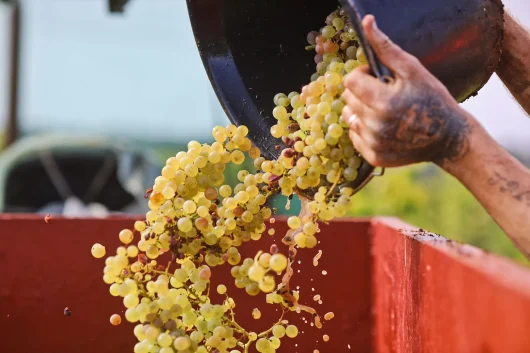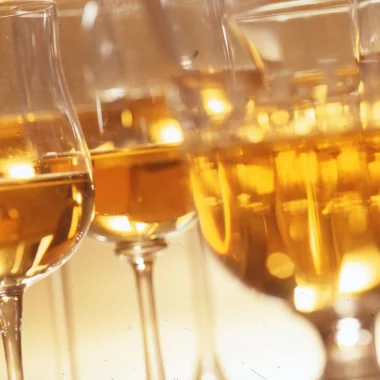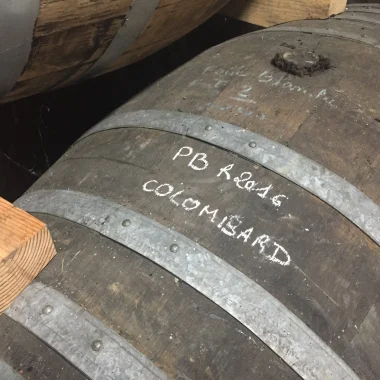It became an AOC (controlled origin) in 1945 and is produced by winemakers and cellarmasters in the two Charente départements and a few communes in Dordogne. It’s the marriage between grape juice and cognac eau-de-vie from the same vineyard. And nothing else … except skill.
Pineau des Charentes is a singular wine with a plural set of skills
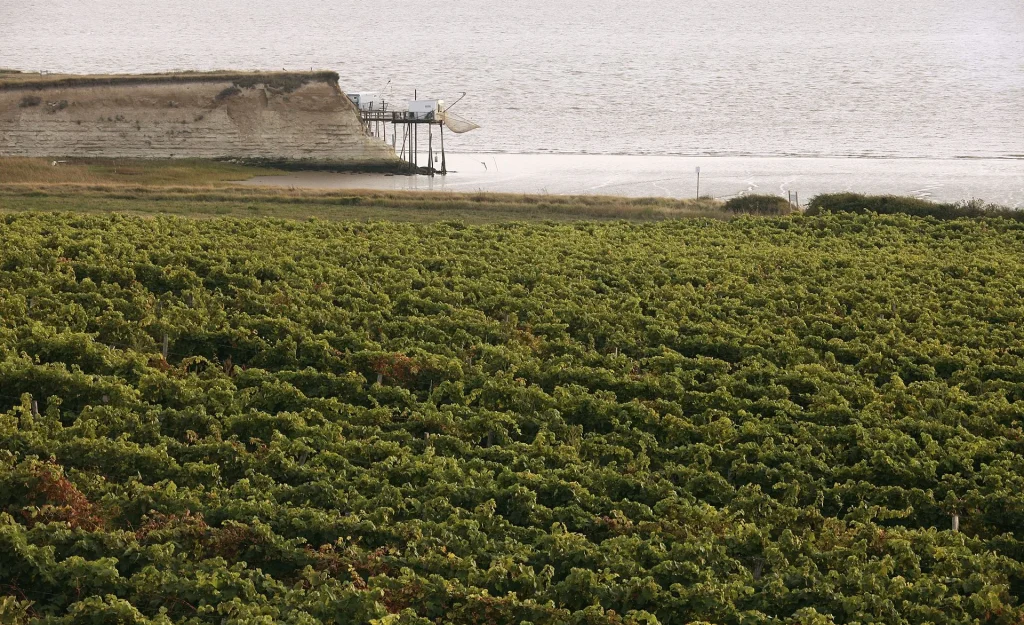
Comité National du Pineau des Charentes
Pineau Blanc
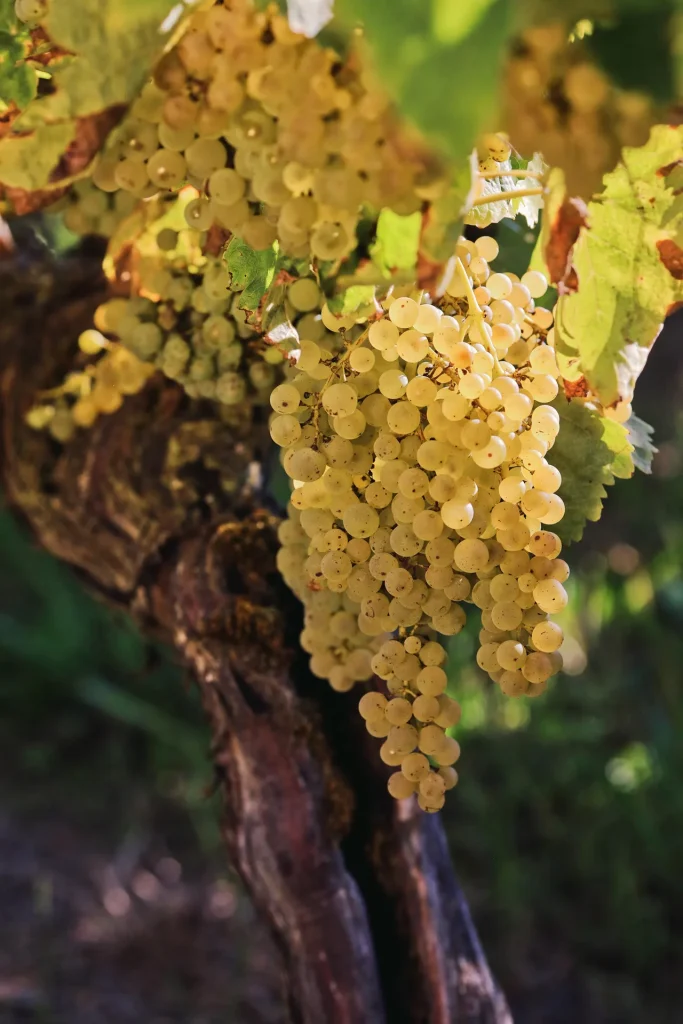
The star grape varieties for pineau blanc are ugni blanc, colombard, montils, sémillon, red and white merlot, folle blanche and sauvignon.
Pineau rouges et rosés
The main varieties are red merlot, cabernet franc et sauvignon, malbec.
Comité National du Pineau des Charentes
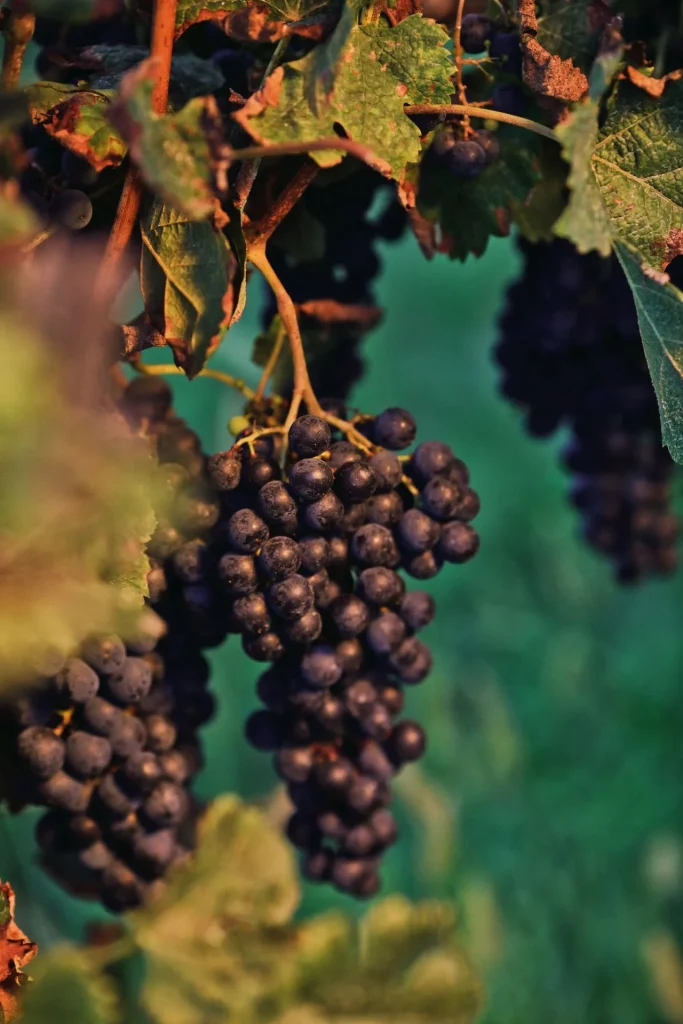
Comité National du Pineau des Charentes

